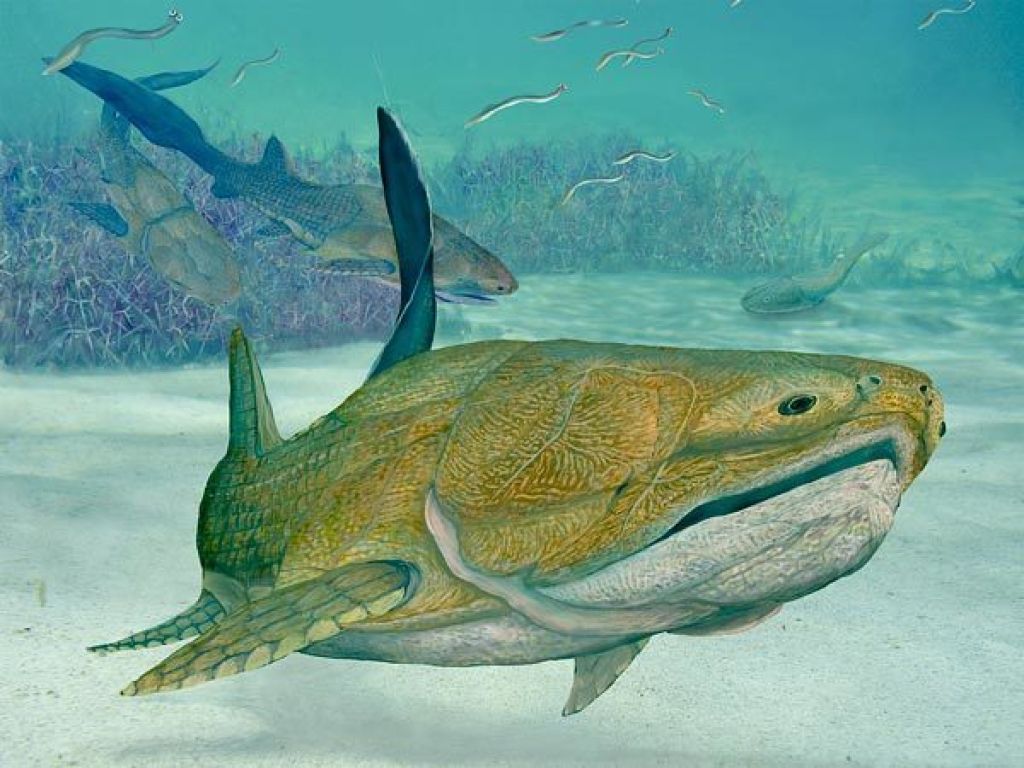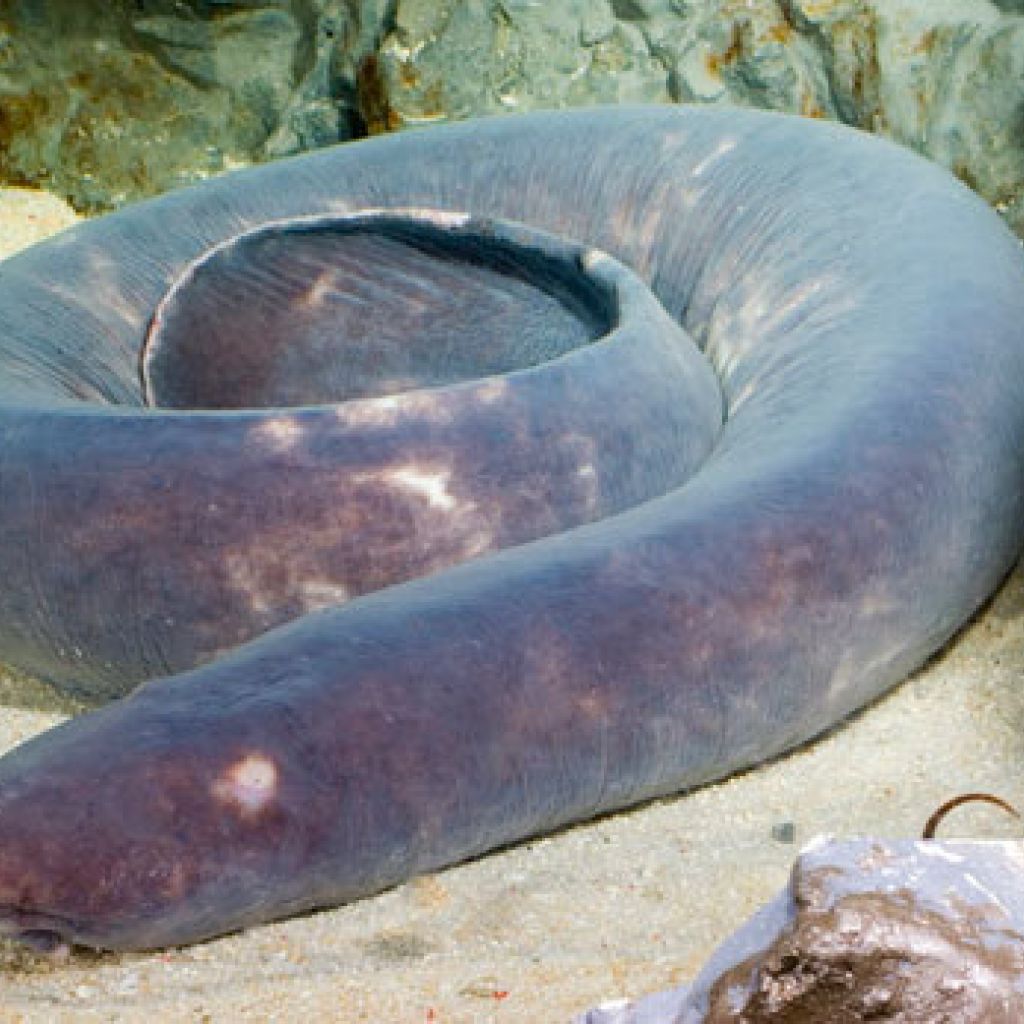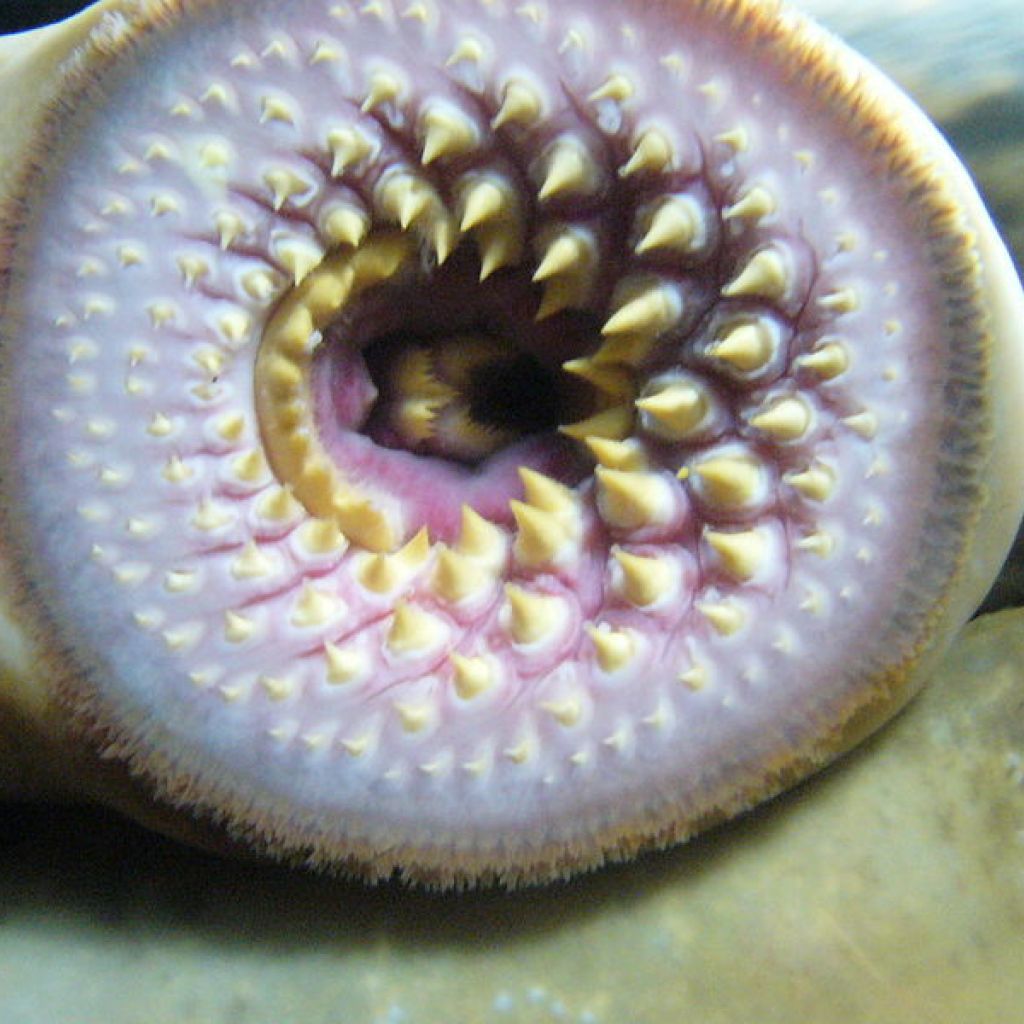Fish the first with a face

A recent study published in the journal Nature has revealed the origins of the first face.
Bizarrely, the first-ever species to have a face as we recognise it today (eyes set below the forehead and above the cheekbones, with a top and bottom jaw structure) was a fish – a placoderm that resided in Yunnan, China around 419-million years ago.

The primitive fish species, named Entelognathus primordialis, could explain when and how vertebrates (and humans) acquired faces.
According to Min Zhu, of the Institute of Vertebrate Palaeontology and Palaeoanthropology at the Chinese Academy of Science in Beijing, a co-author of the study, the 419-million-year-old fossil is one of the earliest fish that has the same jawbones as modern bony fishes and land vertebrates, including humans.
“The human jaw is quite directly connected to the jaw of this fish, and that’s what makes it so interesting,” he was reported as saying in an interview with National Geographic.
The name Entelognathus primordialis translates as “complete jaw” and “primordial”, since the specimen has a jaw structure similar to our own, a three-bone system still used by chewing vertebrates today.

Entelognathus had a rather unattractive face, co-author Per Erik Ahlberg of Uppsala University told Discovery News.
According to the fossil specimen, the fish had a wide mouth, a flat forehead and the small, close-set eyes pointed forwards.
Before the advent of the jawbone and facial bone structure, “faceless” fish either had flat faces with eyes perched on top, or narrow bodies and skulls with eyes on either side.
Some species of “faceless” fish still exist today – lampreys and hagfish as examples.